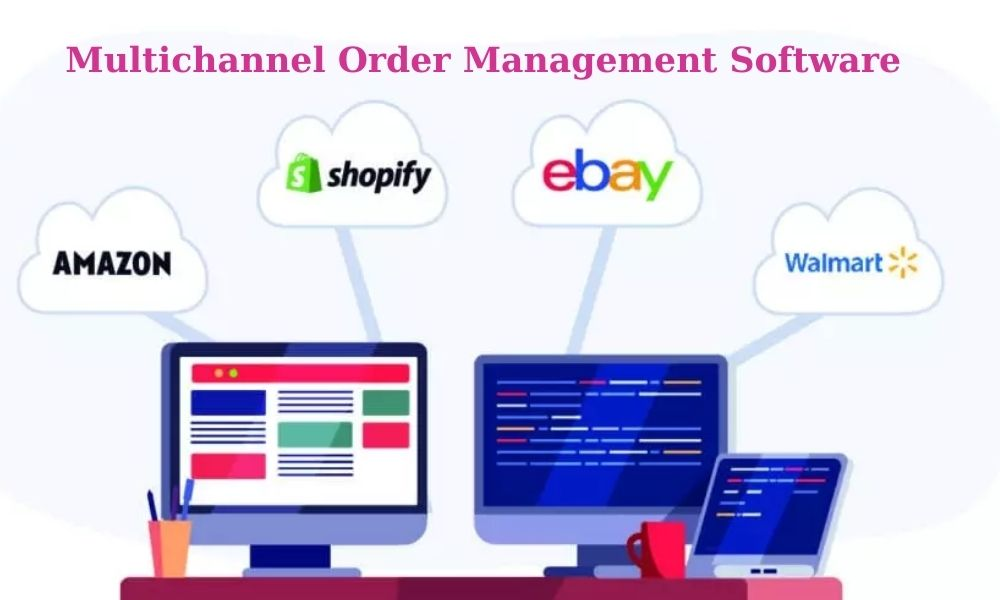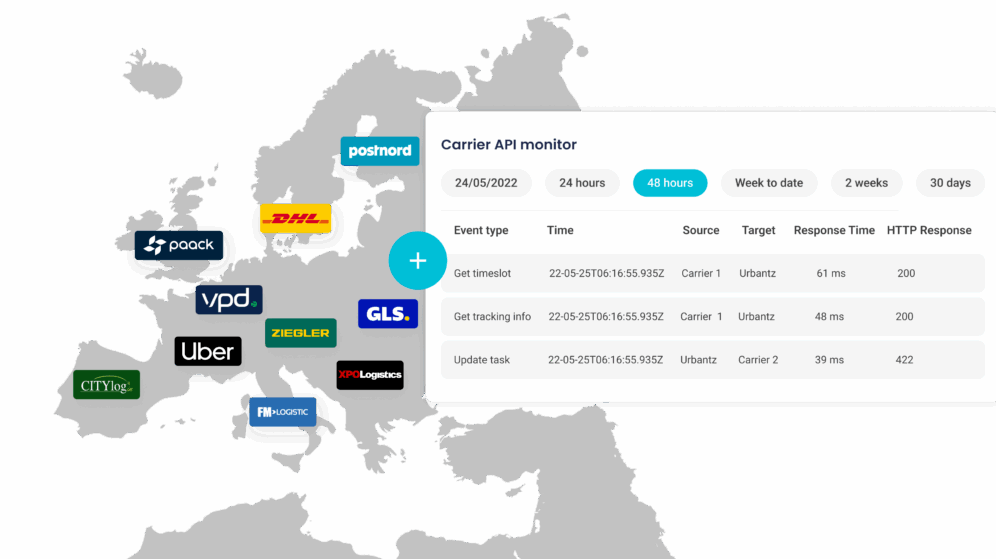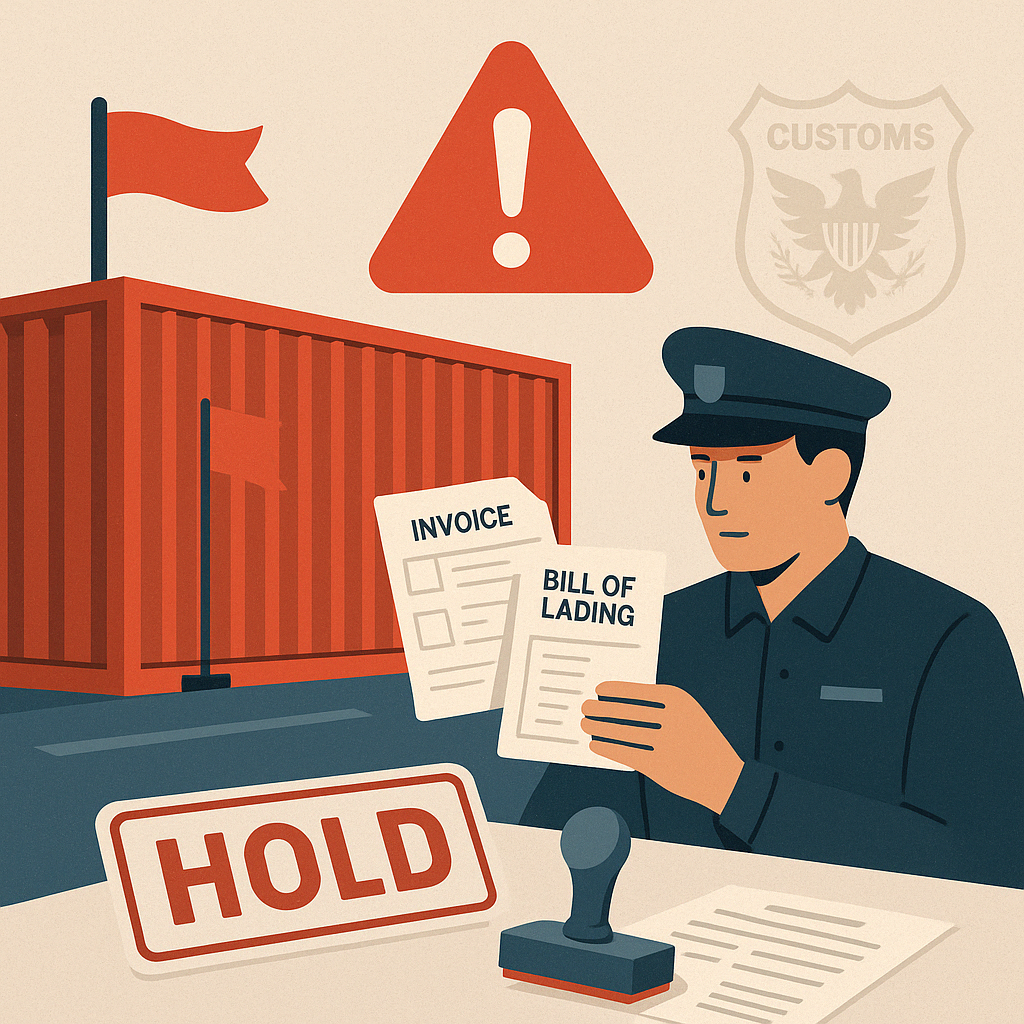OMS Logistics Tracking Unlocks Seamless Growth
Modern eCommerce thrives on speed, visibility, and customer trust. Buyers expect updates at every stage of their order, no matter if they purchased on Shopify, WooCommerce, Amazon, or another platform. Businesses, in turn, must manage data consistently across these channels. OMS logistics tracking provides the unified system needed to bring everything together. Done properly, it ensures smoother workflows, fewer errors, and better customer satisfaction.

Understanding OMS Logistics Tracking
What is OMS?
An Order Management System (OMS) is the core engine that keeps eCommerce moving. It manages incoming orders, processes inventory, communicates with warehouses, and coordinates shipping. Instead of juggling data across platforms, businesses rely on OMS to connect the entire chain.
Why Tracking Matters
Tracking is more than an optional add-on. It’s the heartbeat of modern logistics:
- Customers feel secure when they see updates.
- Brands reduce “where is my order” inquiries.
- Operations teams detect and solve issues early.
- Businesses build loyalty through transparency.
Without OMS logistics tracking, these advantages are fragmented and harder to maintain.
Key Benefits of OMS Logistics Tracking
Unified View Across Channels
Managing different storefronts separately can quickly become chaotic. With a unified OMS:
- Orders from multiple channels feed into one system.
- Tracking data updates automatically in real time.
- Managers no longer need manual imports or duplicate entries.

This single source of truth becomes the foundation for scalability.
Improved Customer Experience
Shoppers today want clarity. OMS logistics tracking delivers it:
- Branded tracking pages reassure customers.
- Timely notifications reduce stress and uncertainty.
- Smooth communication increases repeat business.
A strong tracking system often feels like personalized customer service.
Operational Efficiency
For operations, integration creates measurable improvements:
- Exceptions are flagged before they become complaints.
- Carrier performance can be compared and optimized.
- Shipping costs are reduced by selecting smarter routes.
Efficiency here translates directly into lower costs and faster fulfillment.
Steps to Implement OMS Logistics Tracking
Step 1: Map Your Sales Channels
Start by creating a clear list of where sales come from. Include online stores, marketplaces, and even social commerce. This visibility ensures no channel is overlooked during integration.
Step 2: Choose the Right OMS
Not every OMS offers equal tracking power. Look for features such as API support, multi-channel compatibility, and global carrier connections. A strong OMS reduces the need for custom development later.

Step 3: Connect Carriers
Carrier integration is vital. Each provider—whether DHL, UPS, FedEx, or a regional courier—must feed updates into the system. The OMS acts as a translator, making data uniform across all carriers.
Step 4: Build a Branded Tracking Experience
Tracking should not only deliver status updates but also reinforce brand identity. Businesses can add logos, marketing banners, or cross-sell promotions to the tracking page. Customers stay engaged while waiting for their package.
Step 5: Automate Notifications
Automation saves both time and trust. Send alerts at critical points:
- Order confirmed.
- Order packed.
- Shipped.
- Out for delivery.
- Delivered.
This consistency reduces inbound inquiries and builds credibility.
Best Practices for Multi-Channel Integration
Standardize Data
Different platforms use different labels. Standardizing fields like SKU, order ID, and customer details avoids mismatches. This prevents lost orders or shipping delays.
Test Workflows
Always run test orders. Check whether tracking numbers pass correctly, whether customers receive updates on time, and whether carrier information appears consistently. Testing reduces risks before scaling.
Monitor Exceptions
Set up dashboards that highlight failed deliveries or customs delays. Exceptions become opportunities to proactively reach out to customers. This builds trust even when issues arise.

Challenges and How to Overcome Them
Fragmented Carrier Networks
Carriers vary in tracking quality. Some updates in real time, others in batches. A strong OMS consolidates this data, creating a consistent view for businesses and customers.
Cross-Border Complexity
International orders involve customs checks and multiple handoffs. OMS logistics tracking ensures that updates remain visible at every stage, reducing the risk of customer frustration.
Legacy Systems
Older ERP or warehouse systems often resist integration. Middleware or custom APIs can help bridge the gap. Gradual adoption keeps operations running during the transition.
The Role of Postalparcel
At this point, many companies choose to work with experts. Postalparcel supports OMS logistics tracking across multiple carriers and channels. Its system provides branded tracking pages, automated updates, and support for global delivery networks. For businesses expanding internationally, Postalparcel ensures tracking remains seamless, no matter the channel.

By choosing Postalparcel, companies gain more than software. They gain a partner that transforms logistics from a back-office function into a driver of customer loyalty.
Future Trends in OMS Logistics Tracking
AI-Driven Predictions
AI will transform tracking from reactive updates to predictive insights. Systems will forecast delays, recommend better routes, and adjust delivery times in real time.
Sustainability Metrics
As sustainability grows in importance, tracking systems will also show carbon footprint data. Customers may soon choose eco-friendly delivery options directly from tracking pages.
Deeper Personalization
Future tracking pages will be dynamic. They will recommend related products, show loyalty offers, and keep the customer engaged long after checkout.
Conclusion
Implementing OMS logistics tracking across multiple sales channels is no longer optional. It ensures that businesses have one unified system, one source of truth, and one consistent communication line to customers. Done right, it reduces costs, prevents errors, and builds loyalty.
For companies ready to grow globally, Postalparcel provides the technology and expertise to make integration simple and effective. By adopting OMS logistics tracking, businesses unlock efficiency, transparency, and trust—the three pillars of sustainable eCommerce success.
FAQ
Q1: What is OMS logistics tracking?
A: OMS logistics tracking combines an Order Management System with real-time carrier updates. It centralizes orders across sales channels and gives customers accurate delivery visibility.
Q2: Why is OMS logistics tracking important for eCommerce?
A: It improves efficiency by unifying data, reduces “where is my order” inquiries, and enhances customer trust with real-time delivery updates.
Q3: How do I integrate OMS logistics tracking across multiple sales channels?
A: Start by mapping all channels, choose an OMS with strong carrier integrations, standardize data, and automate tracking notifications.
Q4: Can OMS logistics tracking support international shipping?
A: Yes, advanced systems track orders across borders, manage customs updates, and handle multi-carrier handoffs for global visibility.
Q5: Which businesses benefit most from OMS logistics tracking?
A: Any brand selling across multiple channels—Shopify, Amazon, WooCommerce, or marketplaces—gains efficiency, transparency, and scalability.
Industry Insights
news via inbox
Nulla turp dis cursus. Integer liberos euismod pretium faucibua








